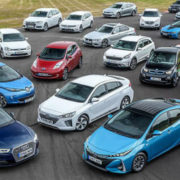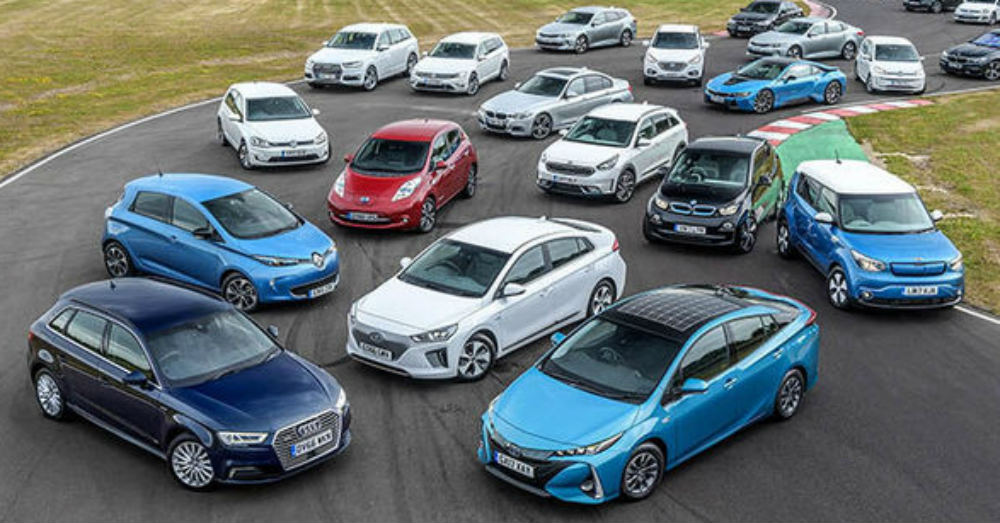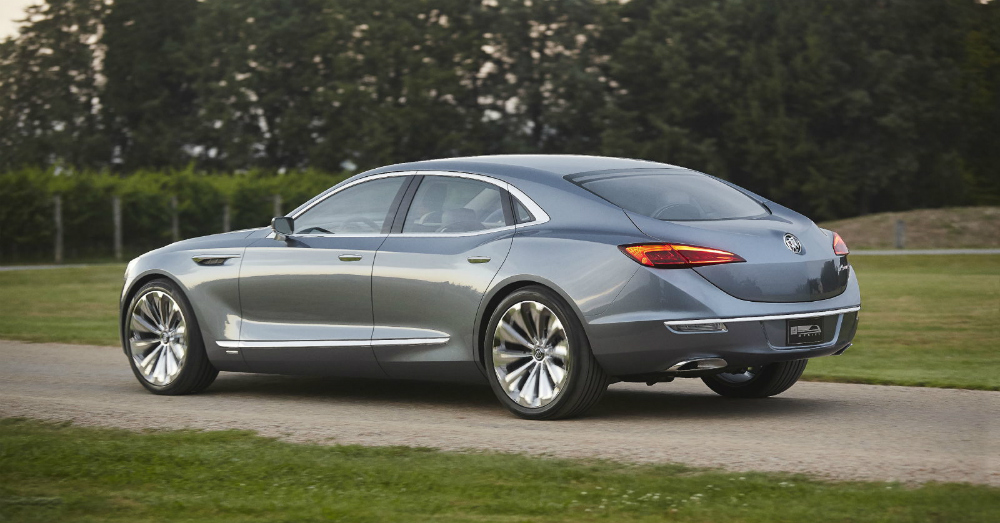It’s no secret that many of the different automotive brands around the world have already stated their desire to offer a variety of electric or hybrid models in the upcoming years. In conjunction with this, many countries have started to take steps toward eliminating gasoline and diesel-powered models on the road. One of the biggest challenges for the EV models of the future is the same challenge faced right now; charging time. Until recently the challenge was driving range, but with that issue becoming less of one, charging time continues to be the greatest challenge.
The goal to have vehicles on the road that produce zero emissions for the drive is one that we can support, but the fact that you can fill your gasoline vehicle in as little as fifteen minutes with a stop inside the store for a drink, it’s hard to argue the time-saving. EV models cannot match this level of speed at all. Even those that use fast charging stations can typically only give you a percentage of the range after a longer time, which means you’ll have to stop more often. There has to be a better way to handle this problem.
The Solution
When you use rechargeable batteries in your home, typically, you’ll have an extra set of batteries that can be charged while using the set that’s in the item you use. This could be the case with vehicles as well, but there would be a ton of questions that need to be answered before it could happen. Yes, we could swap out batteries in vehicles and some companies, such as Tesla, have proved this can happen in less than five minutes, making it possible for you to get back on the road and continue the drive.
The challenge with battery swapping in your vehicle is that you’re going to leave a part of your vehicle behind while you drive off with an item that wasn’t part of what you purchased. If battery swapping stations were set up with superchargers and a large number of batteries that can be installed quickly, the need to sell this service as part of the purchase price of a vehicle would make sense. When your battery is swapped out for a new one, the cost could be simply the price of the electricity used to charge up the batteries so that you can get back on the road.
Yes, setting up battery swapping stations would require an extensive infrastructure and manufacturers would either have to become universal in their technology, which isn’t likely, or each brand of vehicle would have to be serviced by a separate station. This system is proven to also require a few attendants to make the process take place, which would increase the number of jobs around the country and world. As it stands, this would be the first and right now, the only way, that battery power could be replenished in the same or lower amount of time as refueling with gasoline or diesel.





